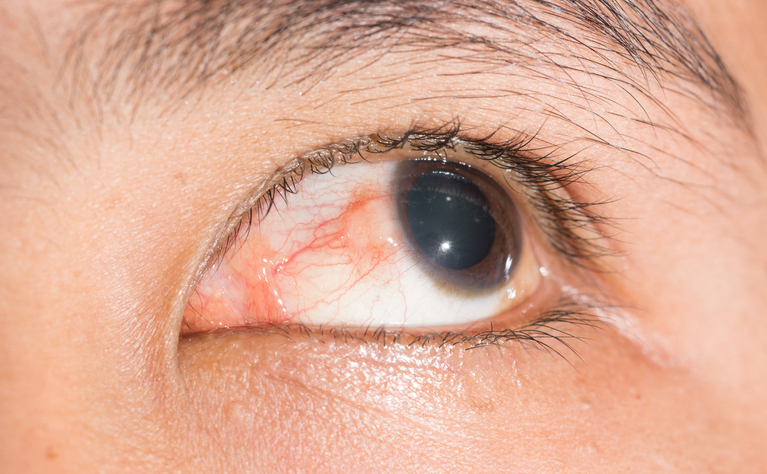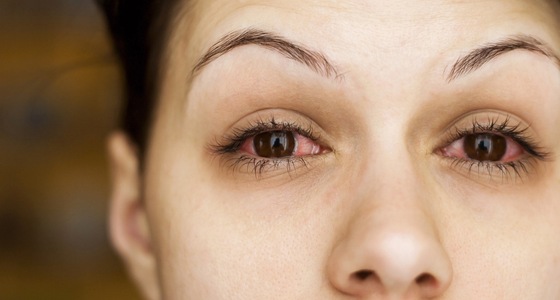
Episcleritis is inflammation of the outer superficial coating of the white of the eye called the episclera. In episcleritis the tiny blood vessels of the episclera become inflamed and dilate causing the area to become red. It is the most common eye manifestation in IBD1.
It can be confused with the more serious scleritis which can cause vision changes. Careful examination of the layers of the eye is needed to distinguish between episcleritis and scleritis.
The symptoms of episcleritis include:
Episcleritis often reflects the inflammation in a person’s IBD. If they are experiencing a flare of their disease then they may also experience episcleritis and as their disease is brought under control so might the episcleritis.
In many cases the drug therapy used to bring IBD under control is enough to treat episcleritis. In particular Infliximab has been shown to be effecting in treating episcleritis associated with IBD2.
Treatment of mild cases may include using artificial tears and cool compresses. In more severe cases, or cases where it doesn't resolve in the treatment of IBD, topical NSAIDs (Non-steroidal anti-inflammatory drugs) may be used or topical steroids such as prednisolone may also be considered.

1. Ocular Complications of Inflammatory Bowel Disease; Rana Mady, Will Grover, and Salim Butrus; The Scientific World Journal; Volume 2015 (2015), Article ID 438402
2. Ocular manifestations of inflammatory bowel disease; Roni Mintz MD, Edward R. Feller MD, Robert L. Bahr MD, Samir A. Shah MD; Inflammatory Bowel Diseases journal; Volume 10, Issue 2 March 2004 Pages 135‐139